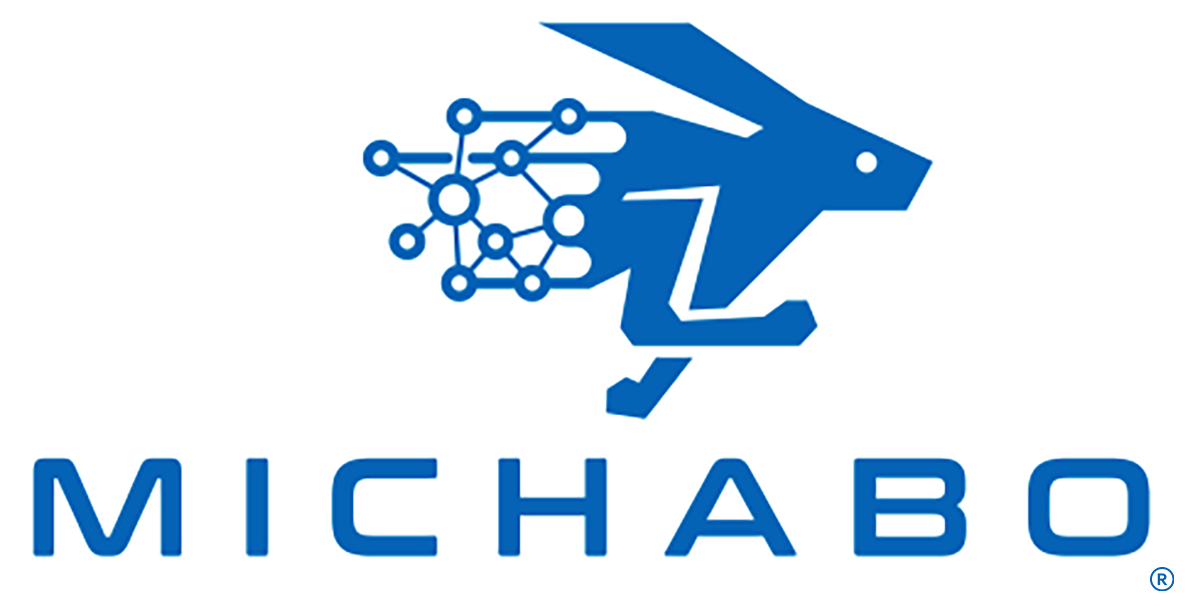Our Services
A definition of NAMs is any technology, methodology or approach that can provide information on chemical hazard and risk assessment to avoid the use of animal testing. We innovate in the development and use of NAMs, from analytical chemistry, molecular biology (transcriptomics, metabolomics) and data science for:
Grouping and classifying chemicals based on their modes of action
Benchmark dose modelling to determine the potencies of chemicals
Diagnosing which environmental chemicals cause harm
We also offer training in the use of NAMs to our customers who require greater certainty in their human health and environmental hazard assessments.
-
The widely used alternative test method known as 'grouping and read-across' (G/RAx) typically groups substances based on structural and/or physical-chemical similarity. This assumption that structurally similar chemicals elicit similar toxicity is weak, often leading to the European Chemicals Agency (ECHA) rejecting the chemical industry’s G/RAx-based risk assessments, wasting time and money. Yet our approaches can do better.
We utilise metabolomics, transcriptomics and in-house computational tools to increase confidence in placing chemicals within the right groups — benefiting not only your G/RAx, but also the prioritisation of group-representative chemicals for risk assessment. We have demonstrated how our biologically-based grouping can increase the confidence in the formation of chemical categories in our collaborative work with ECHA.
-
Omics analysis provides an effective method to identify and characterise hazards. Our workflow applies both metabolomics and transcriptomics to determine the likely modes of action of substances, measuring many thousands of molecular responses of the biological test system. This includes molecular key events, which are critical components of adverse outcome pathways and can be predictive of hazard. By applying this procedure to the same experimental data that are used for grouping, we help our customers to hazard identify their substances based on molecular biological evidence for shared modes of action.
Our hazard characterisation workflow applies benchmark dose modelling to derive estimates of chemical potency — again by using molecular bioassay data derived from metabolomics and transcriptomics.
-
We specialise in evolutionary toxicology, which provides a secure scientific foundation for extrapolating toxicological response data from one species to another – including to humans. Our accounting of key biological factors for the similarities and differences among species using comparative transcriptomics and metabolomics data can significantly improve the cross-species extrapolation of the biomolecular responses of a test system. We help our customers to replace or reduce vertebrate animal testing, by using experimental data from invertebrate model test species (e.g., Daphnia) as an early screen for toxicity to aquatic vertebrates such as fish. Our methods are also helpful for the cross-species extrapolation from human data to the animal kingdom, making use of the vast human biomarker database to predict hazards to both humans and the environment.
-
We are actively helping to shape the evolution of regulatory policy and practice at applying NAMs to replace animal testing and minimise uncertainty in chemical risk assessment. We participate on relevant advisory boards and committees in the UK, the EU and internationally. Since 2018, we have contributed to Accelerating the Pace of Chemical Risk Assessment (APCRA) case studies - working with regulatory agencies from North America, Europe, and Australasia. Since 2021, we are part of a €20 million project funded by the European Commission to deliver chemical safety assessments without animal testing by precision toxicology. Simultaneously, we are helping to develop OECD international guidelines for reporting omics-based chemical risk assessments. Our services in chemical grouping, identifying modes of actions and characterising chemical potencies – using metabolomics and transcriptomics – include reports formatted according to OECD guidelines.
-
Our team consists of internationally recognised research scientists with proven scientific track records of publishing in top-tiered peer reviewed journals. We take pride in offering our research expertise to solve experimental problems of determining the toxicity of substances based on their biomolecular effects and toxicity pathways. We can work flexibility within your ‘problem space’, to guide you step-by-step towards scientific and regulatory outcomes while meeting your deadlines. We give you sound advice and access to state-of-the art technologies and computational approaches to achieve specific research and development goals.
-
Chemical safety testing is changing to reflect societal, political, and economic pressures to reform the legislation governing hazard assessments – avoiding the significant costs and ethical concerns of animal testing. This maturing science is called new approach methodologies (NAMs), and is rapidly taking hold in Europe, the UK, the United States and Canada. Companies and regulatory agencies must be ready for this change in regulatory practices. We offer bespoke training in the use and interpretation of NAM data for safety assessments, particularly in our specialities of applying molecular mechanistic measurements and data science to chemical grouping and hazard identification and characterisation. Our training mission is to help ensure that people who risk assess chemicals are equipped with knowledge of these NAMs.

